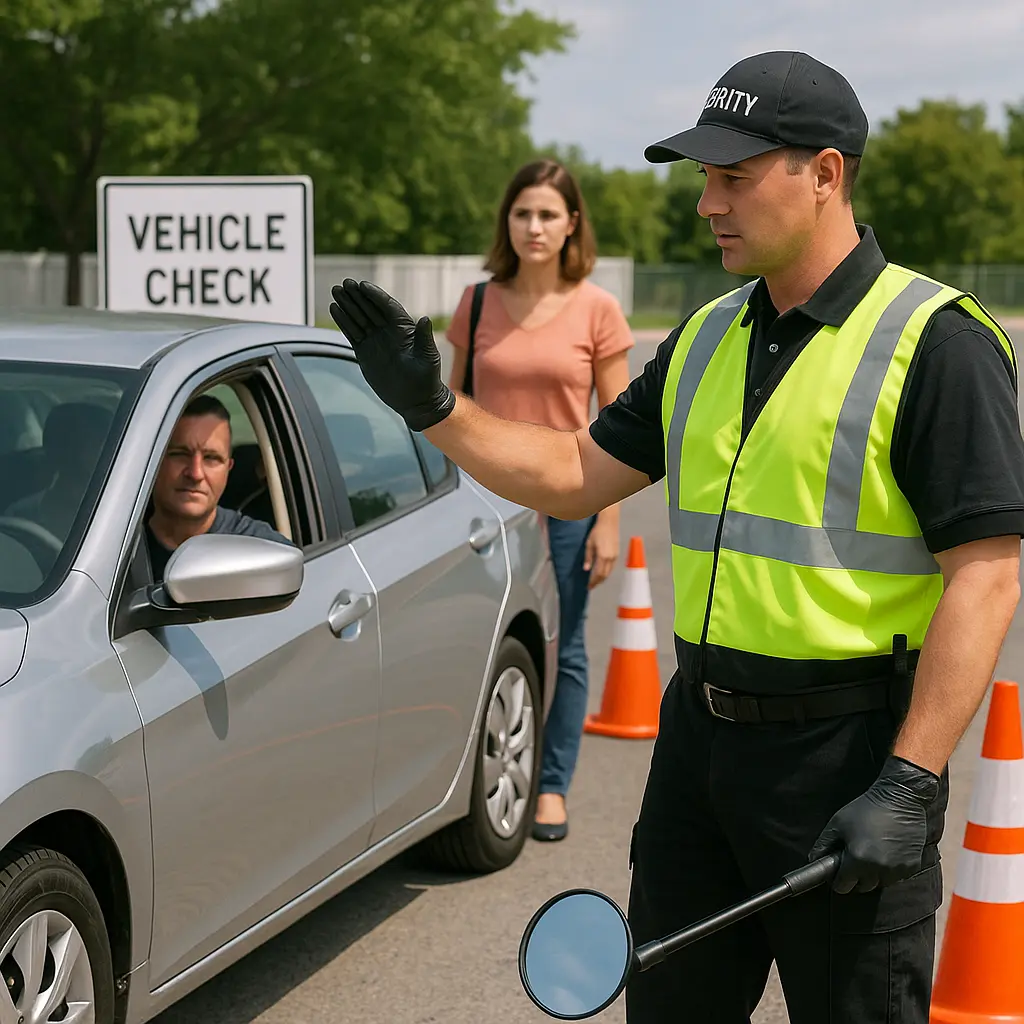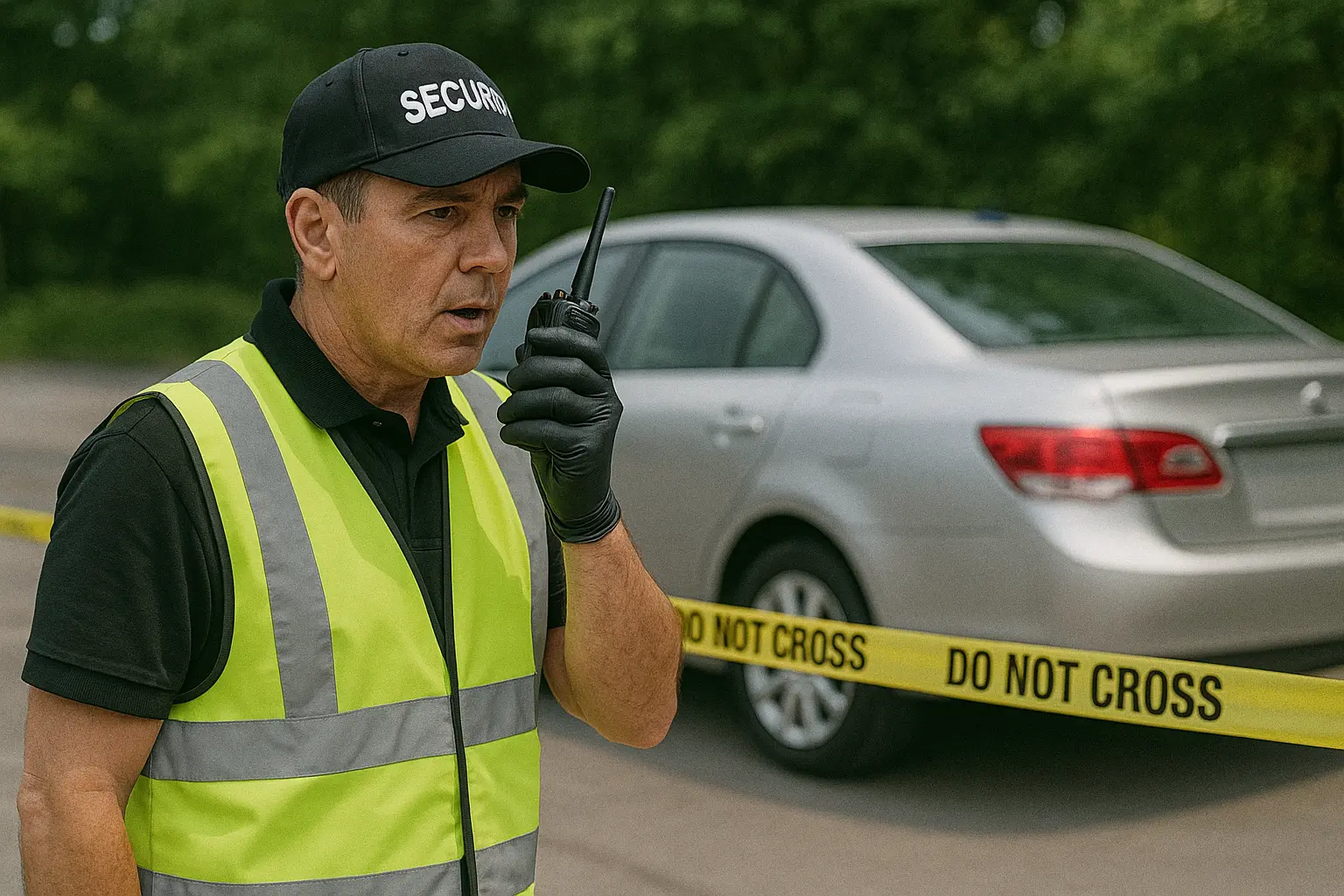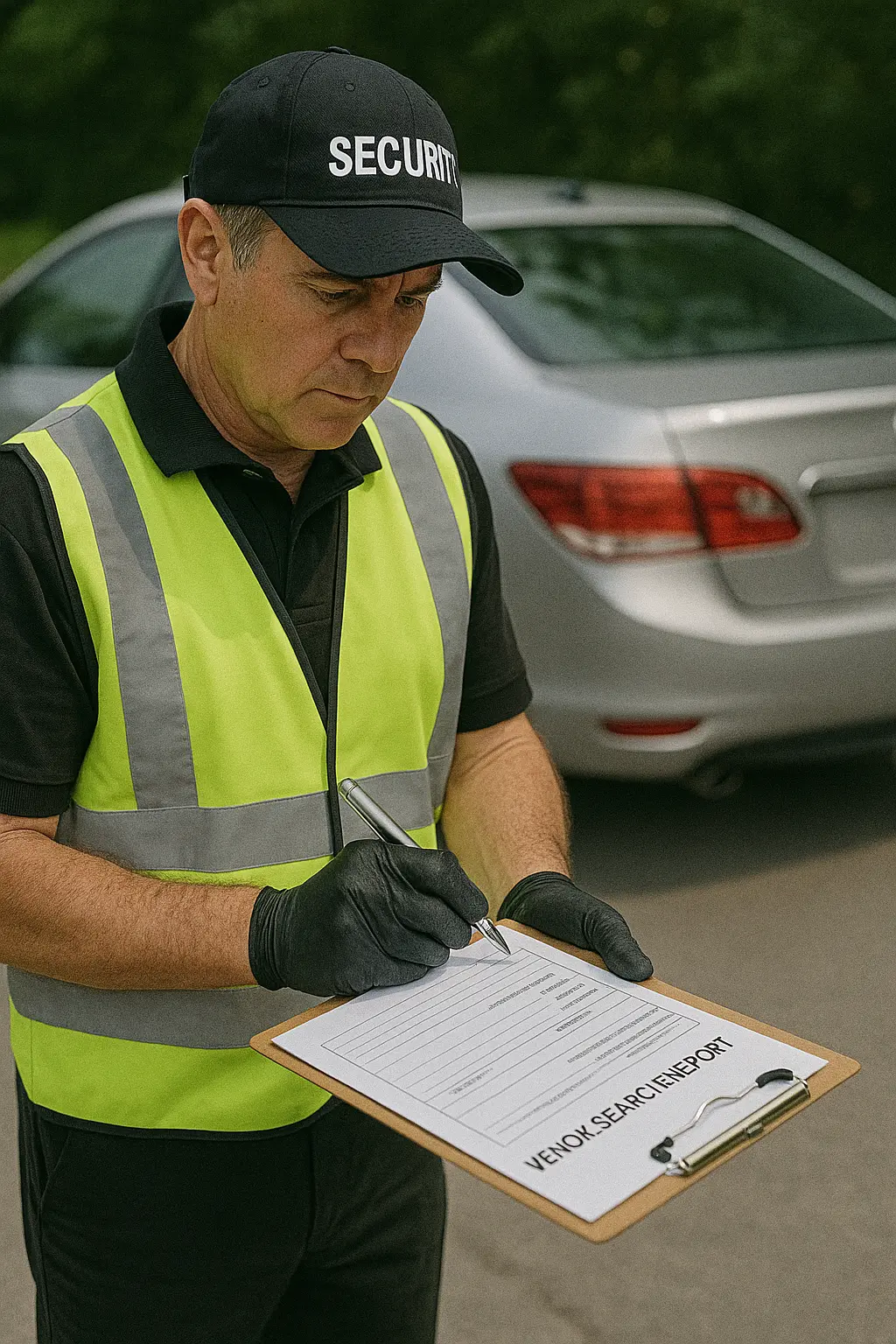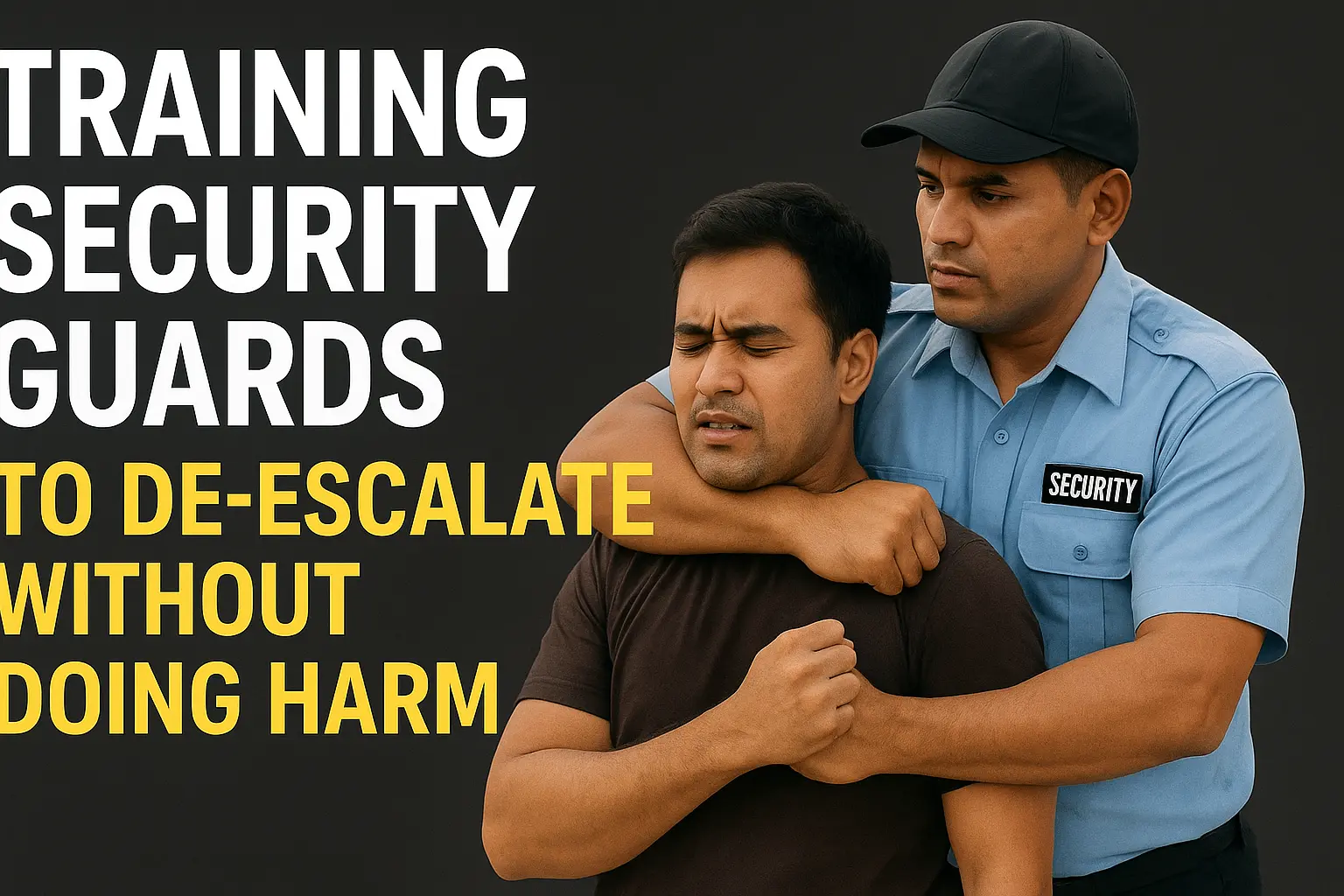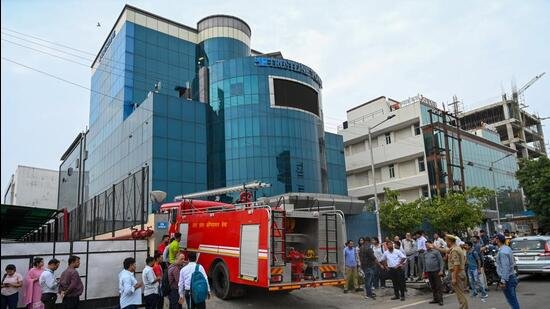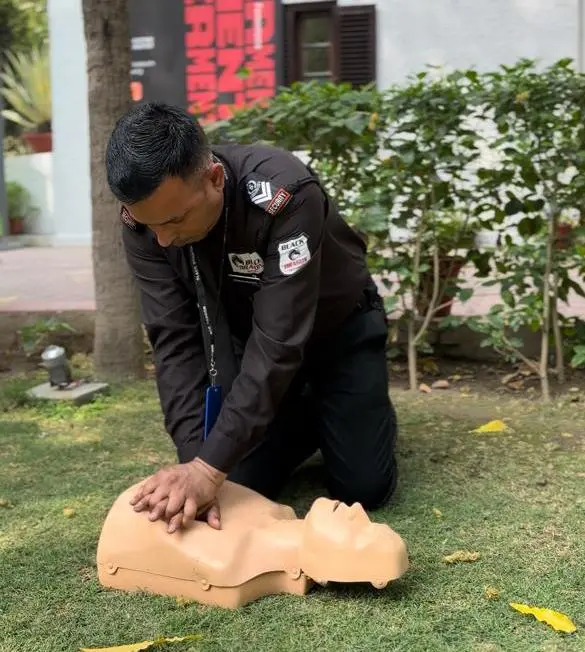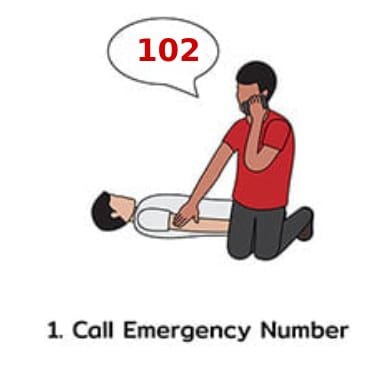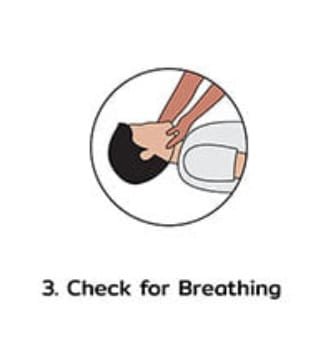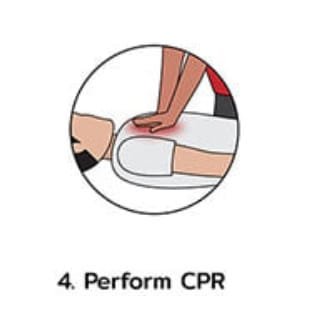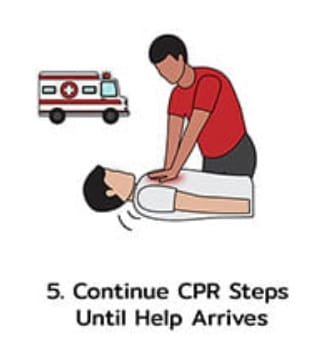Key Takeaways
- The vehicle search training guide emphasizes the importance of thorough inspections to ensure safety before entry.
- It outlines the complete Standard Operating Procedure (SOP) for security personnel, covering all aspects of vehicle checking.
- Consistent and accurate searches can prevent dangerous materials from entering a premises, especially after recent security threats.
- Preparation, exterior, engine, interior, trunk, and under-carriage inspections are crucial steps in the procedure.
- In case of suspicious findings, personnel must follow evacuation protocols and report to the control room immediately.
Ensuring the safety of a premises often begins long before anyone steps inside. One of the most critical frontline tasks performed by security personnel is the proper inspection of vehicles entering the property. After the recent terrorist attack with a car blast with explosives near red fort in delhi (Source), vehicle search training is imperative. A comprehensive vehicle search training guide can greatly enhance these efforts. At Black Dragon Security, we emphasize that an effective vehicle search is not just a routine formality—it is a high-precision, life-saving procedure that can prevent explosive devices, weapons, contraband, or suspicious materials from breaching your facility.
This comprehensive guide, often linked with a thorough vehicle search training manual, outlines the complete Standard Operating Procedure (SOP) used by professional security guards during daily operations. As a vehicle search training guide, it covers everything from preparing the inspection zone to performing detailed checks of the exterior, interior cabin, engine compartment, trunk, and undercarriage.
Whether you supervise a residential society, commercial building, hotel, warehouse, or high-risk industrial facility, this structured training manual ensures that your security team performs searches with accuracy, consistency, and maximum safety. Use this guide, a vital part of any vehicle search training approach, to upgrade your team’s skills, strengthen your security protocols, and maintain a higher standard of vigilance at all entry points.
- Preparation and Safety Precautions
Always conduct the search in a well-lit, designated search area.
Wear protective gear — gloves, reflective vest, and inspection mirror.
Maintain safe distance from the vehicle initially.
Politely instruct the driver and passengers to exit the vehicle and stand at a safe distance.
Ensure the engine is turned off and keys are handed over.
Key Reminder:
Never touch or move suspicious objects. Report immediately.
- Exterior Vehicle Check
Start from the front bumper — inspect grill, license plate area, and undercarriage.
Use a search mirror to scan beneath the chassis, wheel wells, and axles.
Move along both sides, checking fuel cap, door gaps, mudguards, and under steps.
Examine roof rack, spare tires, and exterior attachments for any taped or wired objects.
Key Reminder:
Look for loose wires, unusual packages, taped areas, or recent welding marks.
- Engine Compartment Inspection
Ask driver for permission to open bonnet.
Inspect battery area, fuse box, air filter compartment, and radiator space.
Check for foreign wires, taped components, or unusual containers.
Do not disturb any suspicious device — mark area and alert supervisor.
- Interior Cabin Inspection
Open doors one by one, starting from the driver’s seat.
Inspect dashboard, glove compartment, under seats, and rear deck.
Check seat pockets, air vents, and floor mats for unusual bulges or wires.
Use flashlight to inspect pedal area and beneath steering column.
Key Reminder:
Keep calm and systematic. Avoid dislodging objects abruptly.
- Trunk and Rear Section Inspection
Request to open trunk/boot and any tool compartments.
Examine spare tire well, side panels, jack box, and upholstery lining.
Look for hidden panels, new weld marks, taped boxes, or unfamiliar containers.
- Under-Carriage and Exhaust Section
Using under-vehicle mirror, inspect exhaust pipe, fuel tank, suspension system, and axle region.
Pay attention to any loose attachments, magnetic boxes, or bags.
- Reporting and Escalation
If Suspicious Object Found:
Do not touch or move the object.
Immediately evacuate the area within safe distance (minimum 50m).
Inform control room and follow emergency protocol.
Wait for bomb disposal or police experts to take over.
- Post-Search Documentation
Fill out the Vehicle Search Log Book (vehicle number, driver details, findings).
Record time, guard’s name, and any suspicious observations.
Maintain clear records for audit and safety purposes.
Suggested Reading


